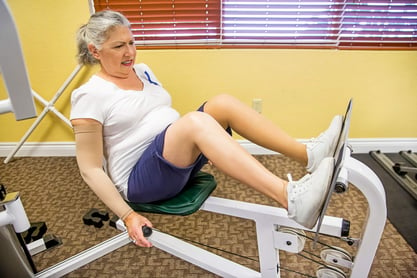 We’ve all heard that staying active as we get older is important, but let's really dig into the key players: what exactly can help prevent hospital visits due to common injuries like osteoporosis-related fractures?
We’ve all heard that staying active as we get older is important, but let's really dig into the key players: what exactly can help prevent hospital visits due to common injuries like osteoporosis-related fractures?
Here's a startling fact from the CDC... every year, more than 300,000 people aged 65 and above end up in the hospital because of hip fractures. Recovery from these fractures can take what feels like ages and often has a negative effect on your independence. Approximately 30-40% of patients resume their prior activity levels.
Now, before you shrug and think, "Okay, that's unfortunate, but it doesn't affect me," let's focus on osteoporosis and its risks. This condition weakens bones, making them fragile and prone to fractures without you even realizing it's happening. It's often referred to as a "silent disease" because it creeps up without symptoms until - boom - you've got a fracture, usually in your hips, spine, or wrists. So, if you're aging (aren't we all?), you're at risk.
But here is the good news: there are some simple exercises that can help prevent the worst of osteoporosis.
Take the leg press, for example. It's a pretty common strength training exercise where you push weight away with your legs against some resistance. The leg press helps to stimulate cells that build bones and boosts bone density.
It is important that you learn proper technique so be sure to reach out to your Fitness Center staff for help. Your Fitness Center staff will teach you proper techniques, frequency, and intensity of exercises, ensuring safety and effectiveness.
Weight-bearing exercises like the leg press don't just help your bones - they also increase muscle strength. Increasing muscular strength also reduces your risk of falling which reduces your risk of fractures. They're like your body's personal bodyguards for your bones, reducing the chances of falls or fractures.
The bottom line is this: weight-bearing exercises, like the leg press, are key when it comes to fighting off osteoporosis. Regularly getting into these workouts can help strengthen your bones, increase your strength, and keep you healthier.


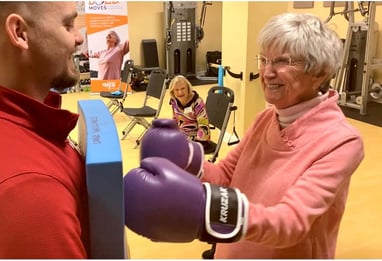 The prevalence of Parkinson’s Disease is on the rise. Previous numbers indicated that 60,000 Americans are diagnosed each year and
The prevalence of Parkinson’s Disease is on the rise. Previous numbers indicated that 60,000 Americans are diagnosed each year and 
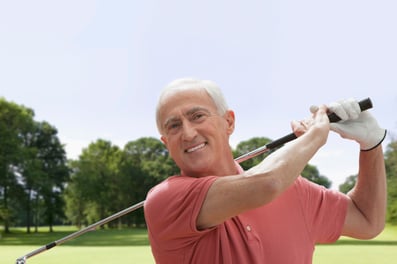 What Counts as Exercise?
What Counts as Exercise?
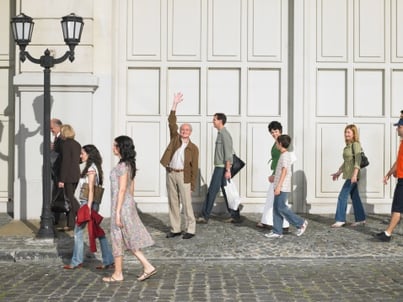 If you live in a city, then you have your share of challenges when it comes to keeping fit. Although so many things can be available at your fingertips, how do you successfully stay active? Here are 10 ways to be fit in multiple wellness dimensions for seniors living in an urban area:
If you live in a city, then you have your share of challenges when it comes to keeping fit. Although so many things can be available at your fingertips, how do you successfully stay active? Here are 10 ways to be fit in multiple wellness dimensions for seniors living in an urban area: 
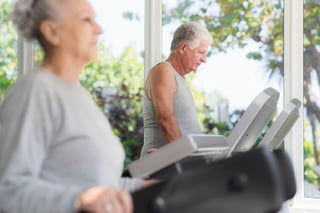 This blog was updated on March 22, 2017.
This blog was updated on March 22, 2017.
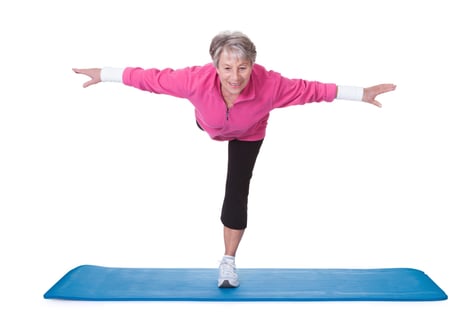 You might know that some of the basic elements your senior fitness workout program should include are weight training, cardio activities, and as much flexibility as possible. One element that needs special attention among the senior population is
You might know that some of the basic elements your senior fitness workout program should include are weight training, cardio activities, and as much flexibility as possible. One element that needs special attention among the senior population is 
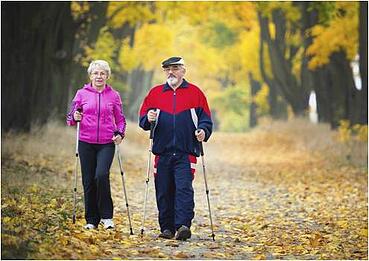 Over the years, it is easy to forget about exercise when it’s not routine. Remaining sedentary over life can lead to metabolic disorders and other diseases associated with physical inactivity. A recent
Over the years, it is easy to forget about exercise when it’s not routine. Remaining sedentary over life can lead to metabolic disorders and other diseases associated with physical inactivity. A recent 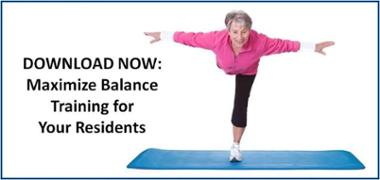
 Now that the less obvious tips have been addressed in
Now that the less obvious tips have been addressed in 
 Have you noticed your parents sitting more and more? Throughout the aging process we tend to become less physically active, therefore decreasing our overall strength. This can lead to many health issues, including loss of balance and eventually falls. Falls in seniors are the number-one cause of fatal and nonfatal injuries. As we all know, the older we get, the harder it can be to recover from any type of injury, so let’s help mom and dad prevent what could potentially alter, or even take, their lives.
Have you noticed your parents sitting more and more? Throughout the aging process we tend to become less physically active, therefore decreasing our overall strength. This can lead to many health issues, including loss of balance and eventually falls. Falls in seniors are the number-one cause of fatal and nonfatal injuries. As we all know, the older we get, the harder it can be to recover from any type of injury, so let’s help mom and dad prevent what could potentially alter, or even take, their lives.
 Everyone needs a starting point. Anyone who has ever tried to begin a new exercise program knows that the first few weeks often determine whether you stick with the program or not. I often have residents ask me where to begin and while different considerations have to be made for each individual’s situation, I’ve found that this is usually a good starting point.
Everyone needs a starting point. Anyone who has ever tried to begin a new exercise program knows that the first few weeks often determine whether you stick with the program or not. I often have residents ask me where to begin and while different considerations have to be made for each individual’s situation, I’ve found that this is usually a good starting point.